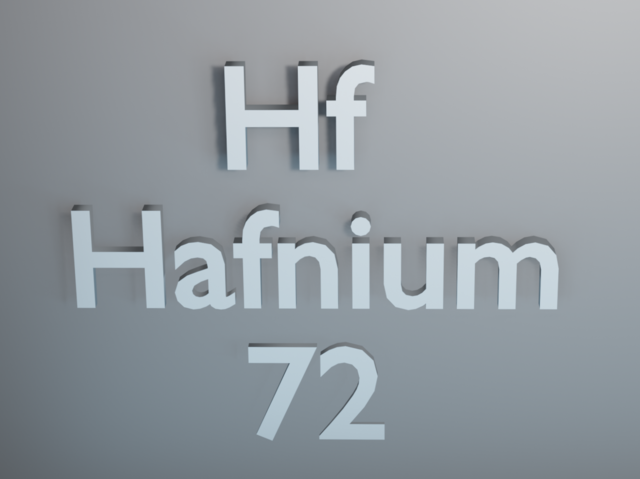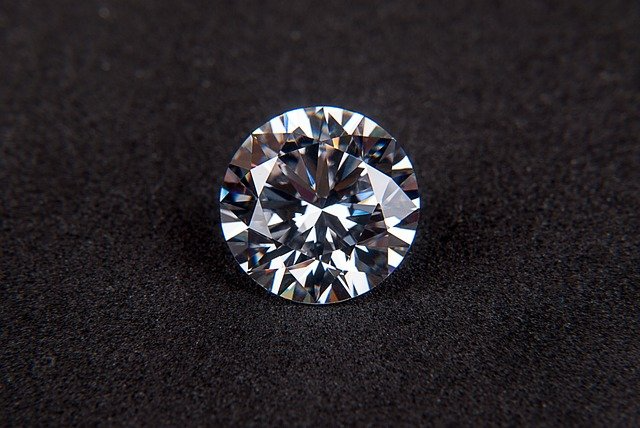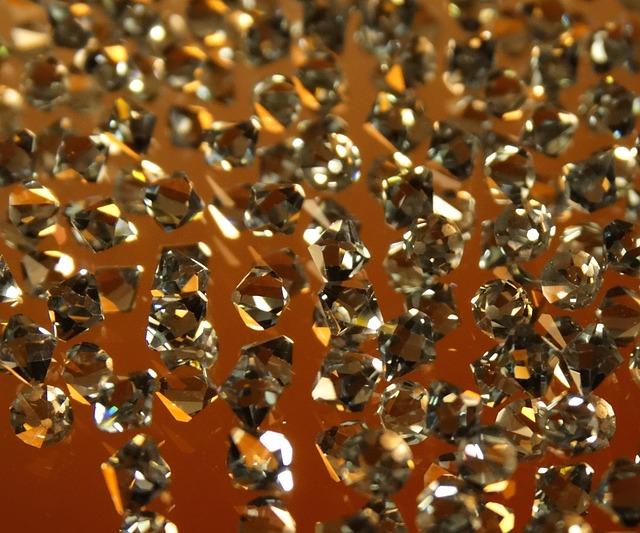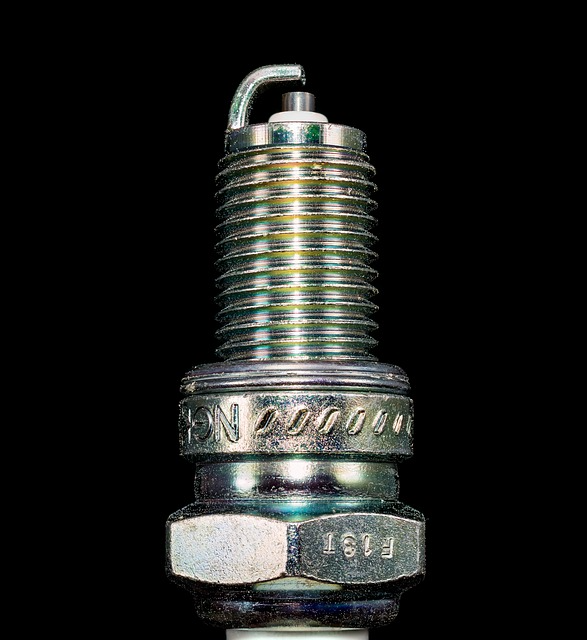Table of Contents
2. Which element has the highest melting point tantalum, rhenium, osmium, hafnium?
Hafnium is a chemical element that has the atomic number 72. It has an atomic mass of 178.48 g/mol and it is represented by the symbol Hf. It is a d-bock element and in period 6 group 4 of the periodic table. There are 72 electrons, 72 protons and 106 neutrons in an electrically neutral atom of hafnium. The electronic configuration of hafnium is 1s2, 2s2, 2p6, 3s2, 3p6, 3d10, 4s2, 4p6, 4d10, 5s2, 5p6, 4f14, 5d2, 6s2. The oxidation of hafnium is −2, 0, +1, +2, +3, +4. The electronegativity of hafnium is 1.3 (Pauling scale). There are five stable isotopes of hafnium that are naturally occurring. Some thirty-one radioisotopes of hafnium exist at the moment. The long-lived radioisotope of hafnium is Hf-174.
Hafnium has a white grayish colour. Chemically hafnium is similar to zirconium. It is a ductile metal and resists corrosion. At STP it is in solid form and has a density of about 13.31 g/cm3. Its melting point is 2506 K ?(2233 °C, ?4051 °F) and its boiling point is 4876 K ?(4603 °C, ?8317 °F).
Hafnium was predicted in 1869 by the Russian Dmitri Mendeleev. It was first discovered and isolated by Dirk Coster and George de Hevesy in 1922. The element was named after the capital of Denmark. The Latin name for the city was Hafnia.
Hafnium does not exist as free. It found within natural zirconium compounds. The min source of Hafnium is heavy mineral sands ore deposits, pegmatites and carbonatite. These ores can be found in countries like Australia, Brazil and Malawi.
Some of the following are the applications of the element Hafnium and its Compounds.
Hafnium is used in alloys with niobium, tantalum, iron, titanium as well as other metals. About 10% of hafnium is used in alloys which are used for liquid rocket thruster nozzles. It improves the corrosive resistance of the alloy. Hafnium compounds are used in gate insulations of integrated circuits of microprocessors. Hafnium is used as a neutron absorber in nuclear reactors. It has a high cross-section area for neutron capture. Hafnium metallocene compound is used as a catalyst in the production of polyethylene and polypropylene. Hafnium isotopes are used in lutetium-hafnium dating which is used in geochronological applications.
Which element has the highest melting point tantalum, rhenium, osmium, hafnium?
The melting point of hafnium is 2506 K ?(2233 °C, ?4051 °F).
The melting point of tantalum is 3290 K ?(3017 °C, ?5463 °F)
The melting point of rhenium is 3459 K ?(3186 °C, ?5767 °F)
The melting point of osmium is 3306 K ?(3033 °C, ?5491 °F)
The answer is Rhenium.
Who discovered hafnium?
Hafnium was discovered and isolated by Dirk Coster and George de Hevesy in 1922.
What is hafnium used for?
The following are the uses of hafnium.
- Hafnium is used in alloys with niobium, tantalum, iron, titanium as well as other metals. It improves the corrosive resistance of the alloy.
- About 10% of hafnium is used in alloys which are used for liquid rocket thruster nozzles.
- Hafnium compounds are used in gate insulations of integrated circuits of microprocessors.
- It has a high cross-section area for neutron capture. Hafnium is used as a neutron absorber in nuclear reactors.
- Hafnium metallocene compound is used as a catalyst in the production of polyethylene and polypropylene.
- Hafnium isotopes are used in lutetium-hafnium dating which is used in geochronological applications.
Where is hafnium found?
It found within natural zirconium compounds. The main source of Hafnium is heavy mineral sands ore deposits, pegmatites and carbonatite. These ores can be found in countries like Australia, Brazil and Malawi.




